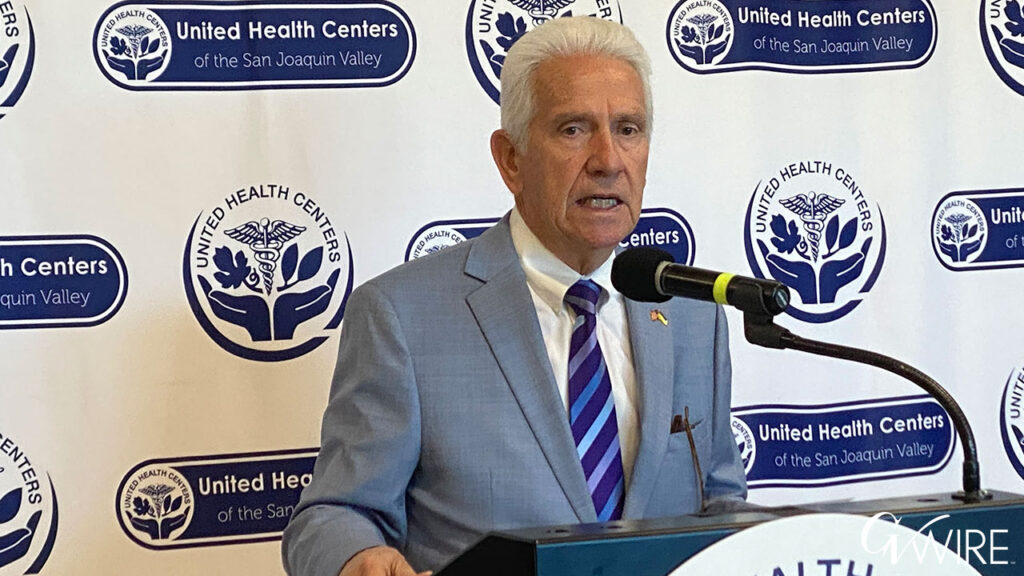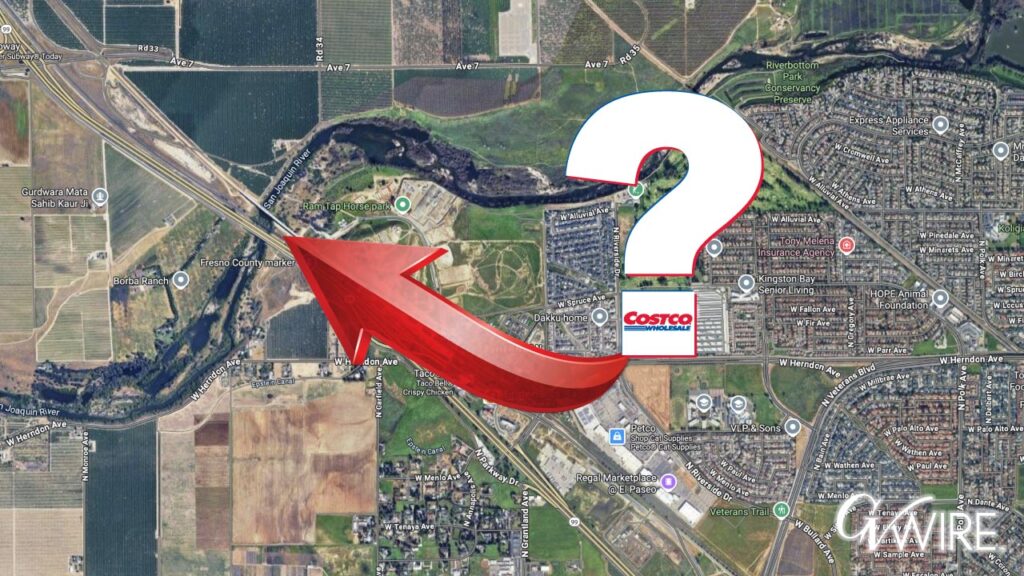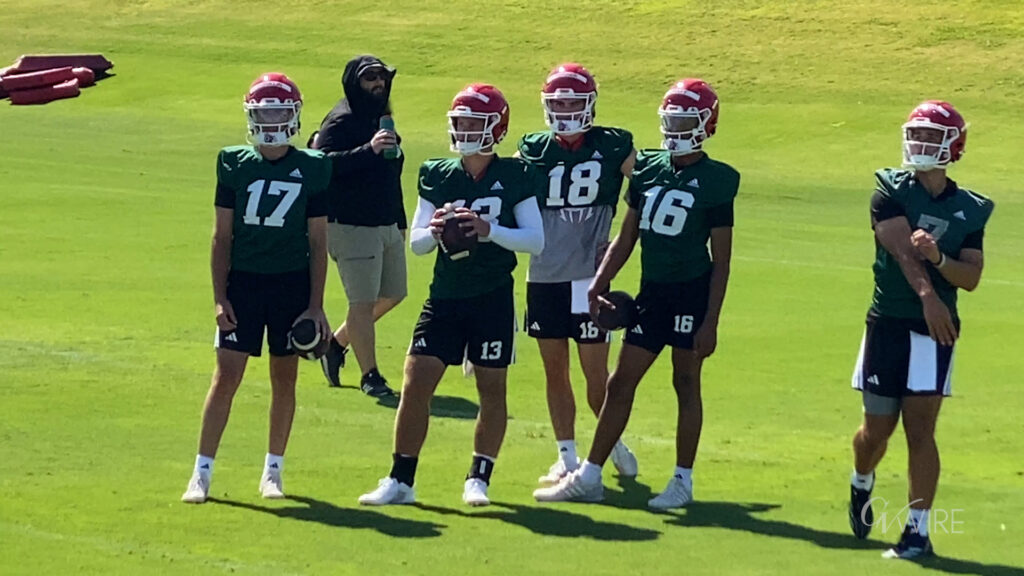[location-weather id="102511"]
Trending
Play Video
Latest
Videos

Local /
8 hours ago
Jet Crashes in Fresno County Field, Pilot Aided by EMS

Crime /
10 hours ago
Madera Man Sentenced to 34 Years to Life in Fresno Murder Case

Food /
12 hours ago
High Noon Recalls Mislabeled Vodka Seltzers Shipped in Celsius Cans, NBC Reports

Local /
13 hours ago
Visalia Suspect in Fatal Assault and Serial Sexual Battery Cases Arrested in Alaska

World /
13 hours ago
Canada Says It Intends to Recognize a Palestinian State in September
Central Valley
Featured
Local /
8 hours ago
Jet Crashes in Fresno County Field, Pilot Aided by EMS
Emergency crews responded Wednesday evening after a jet crashed into a field in Fresno County, authorities said.
The crash was reported arou...

Politics /
13 hours ago
Costa Blasts GOP Over Medi-Cal Cuts. His 2026 Opponent Defends Them

Business /
17 hours ago
Could Madera Poach Stalled Costco? It’d Be ‘a Significant Financial Blow,’ Says Dyer

Local /
17 hours ago
Clovis Police Arrest Eight at DUI Checkpoint

Crime /
19 hours ago
Valley Crime Stoppers’ Most Wanted Person of the Day: Navpreet Singh

Crime /
1 day ago
Fresno Man Dies in DUI Crash, Driver Arrested
Videos

Video /
3 days ago
Trump Says Many Are Starving in Gaza, Vows to Set up Food Centers

Video /
6 days ago
Gaza Running out of Specialized Food to Save Malnourished Children
Education
Commentary
Commentary
Featured
Opinion /
16 hours ago
How Netanyahu Keeps Playing Trump for a Fool in Gaza
On July 26, the Israeli newspaper Haaretz ran this headline: “Israel at War Day 659. Gaza Medical Sources: At Least 25 Killed by Israeli Gun...
Sports
showcase
No data was found

Sports /
2 days ago
Scottie Scheffler vs. Everybody: Open Champion Makes His Case Among the Greats

Sports /
2 days ago
More Than 100 NFL Players and Club Employees Face Fines for Selling Super Bowl Tickets

Sports /
2 days ago
Venezuelan Little League Team Denied Entry to US Over Travel Ban
Around the state

Housing /
2 days ago
What’s Behind California’s Frozen Housing Market?
Global View
Canada Says It Intends to Recognize a Palestinian State in September
World /
13 hours ago
Trump Says US and Pakistan Have Concluded a Trade Deal
World /
14 hours ago
How Netanyahu Keeps Playing Trump for a Fool in Gaza
Opinion /
16 hours ago
Trump Signs Order Implementing Additional 40% Tariff on Brazil, White House Says
World /
16 hours ago
Trump Says US to Hit India With 25% Tariff Starting Friday
World /
18 hours ago
Israeli Minister Hints at Annexing Parts of Gaza
World /
20 hours ago
Russia Has Developed Immunity to Sanctions, Kremlin Says After Trump Tightens Ceasefire Deadline
World /
20 hours ago
UK Will Recognize Palestinian Statehood in September, Barring Israel-Hamas Ceasefire
World /
2 days ago
How Israel’s War With Hamas Became Unjust
Opinion /
2 days ago
MORE NEWS
Entertainment

Courts /
2 days ago
Sean ‘Diddy’ Combs Seeks Release on $50-Million Bond Ahead of Sentencing

Opinion /
6 days ago
PBS Has a Future by Leaving the Past Behind: Opinion

Local /
7 days ago





































